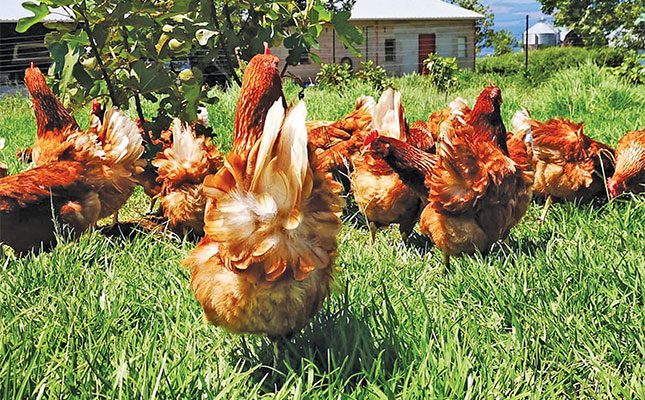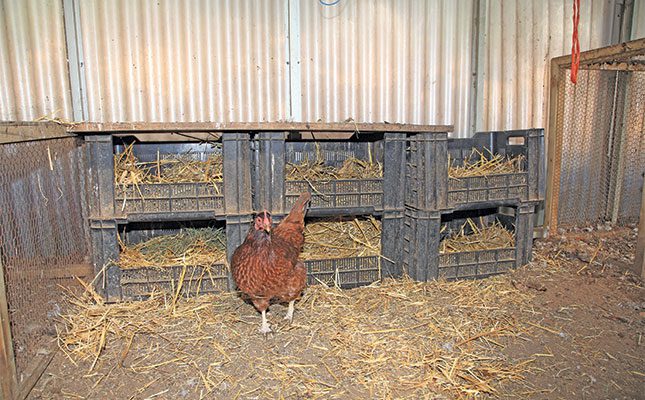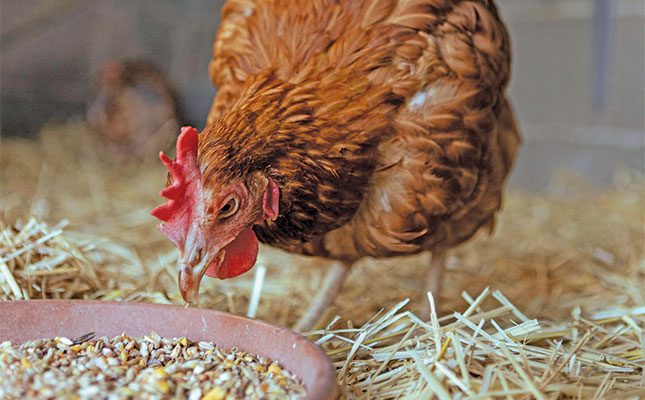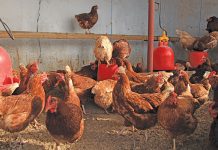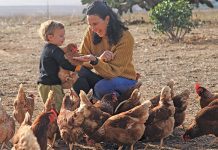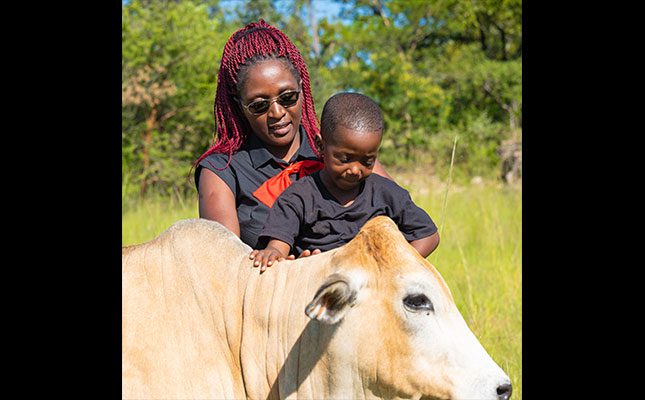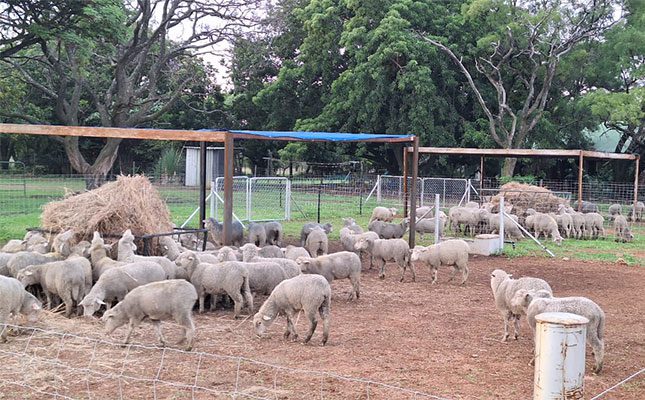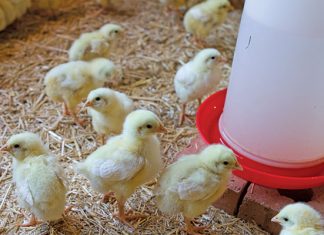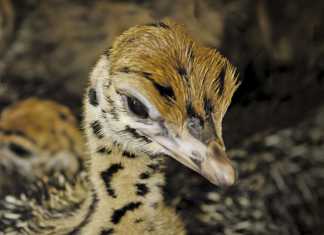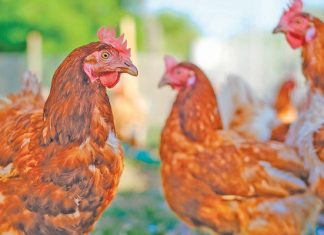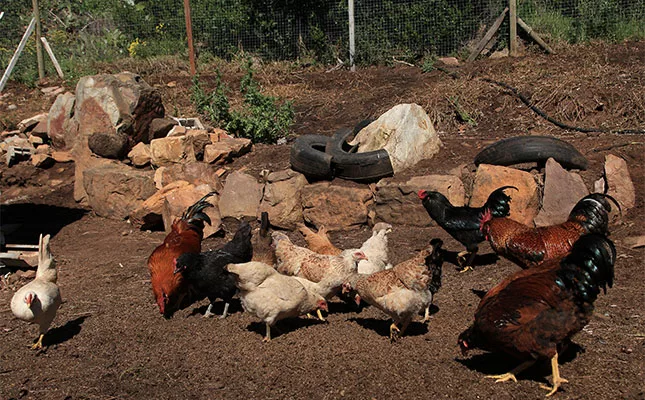
Photo: Glenneis Kriel
Avian influenza, commonly known as bird flu, may sound like a modern problem, but poultry farmers have battled the disease for generations. In the past, however, they described it by what they saw: ‘green urine’ in ostriches in 1881 and ‘fowl plague’ in chickens in 1878.
According to the US Centers for Disease Control and Prevention (CDC), the highly pathogenic avian influenza (HPAI) virus subtype H5N1 was first identified in 1996 in geese in China’s Guangdong province.
That outbreak killed an estimated 40% of affected birds but only drew global attention the following year when it spread to live-poultry markets in Hong Kong, infecting eight people and killing six.
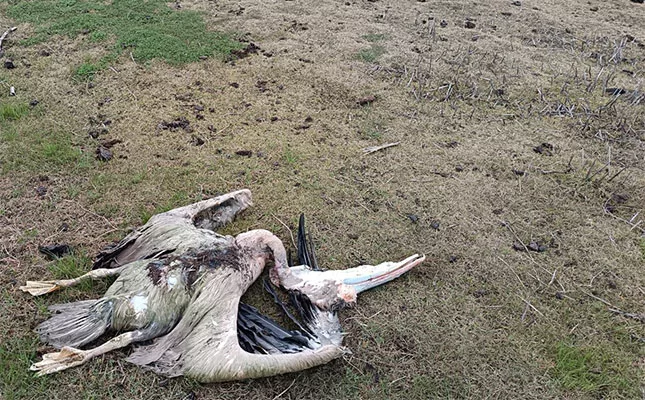
Since then, the CDC estimates that more than 860 human cases of H5N1 have been confirmed worldwide, with a fatality rate of over 50%.
Going global
For a time, the virus wasn’t widely detected internationally, but in the early 2000s, outbreaks flared up across Asia, particularly in regions where live-bird markets and smallholder farming systems created ideal conditions for transmission.
In 2005, a mass die-off of wild birds at Qinghai Lake in China highlighted the role of migratory birds in spreading the virus across long distances. Soon after, H5N1 began moving via wild bird migratory pathways into poultry populations in Europe, the Middle East, and Africa.
Since then, the virus has continued to evolve, mutating into multiple genetic groups or ‘clades’, with several lineages now circulating worldwide, according to the CDC.
Additionally, H5N1 has expanded its host range. Over the past two decades, many carnivorous mammals – including pets – have died after consuming or encountering infected birds, according to a paper titled ‘Highly pathogenic avian influenza H5N1: history, current situation, and outlook’ (Kramer, F et al) published in the Journal of Virology in March 2025.
While most of these infections were mostly dead ends with no onward transmission, the virus appears to be spreading among marine mammals, such as sea lions and seals in North and South America.
The leap to dairy cattle
One of the most alarming shifts in the evolution of H5N1 came in 2024, when the virus was confirmed in dairy cattle in the US. This was the first documented case of avian influenza infecting and spreading widely among livestock.
Although cattle fatalities were low, infected herds experienced reduced milk production and thickened or discoloured milk, causing significant economic disruption. Several farmworkers also became infected, albeit with mild symptoms, as well as cats, rodents, and wild carnivores such as raccoons, linked to the consumption of raw milk from infected cows.
Investigations suggested the outbreak was introduced by wild birds, but what made it notable was evidence of cow-to-cow transmission.
The virus in ostriches
According to Dr Adriaan Olivier, industry veterinarian at the South African Ostrich Business Chamber, the first recorded isolations of avian influenza in ostriches were of the low-pathogenic H7N1 subtype, detected in the Western Cape in 1991.
The outbreak was devastating, with mortality rates exceeding 80% in chicks under a month old and between 15% and 60% in ostriches aged two to eight months.
HPAI was first confirmed in ostriches in July 2004, when the H5N2 subtype was detected on a farm in the Eastern Cape. At the time, 50 of the 463 farms tested in the Western Cape also returned positive results for H5 notifiable avian influenza, though those birds showed no symptoms or mortalities.
Despite this, more than 30 000 ostriches were culled and exports were suspended.
Since then, the ostrich industry has faced repeated outbreaks of low- and highly pathogenic avian influenza, leading to severe financial losses, job cuts, and a major restructuring of the industry.
The severe disruption of production caused by regulatory and disease control requirements resulted in a change of farmers’ income streams. While meat exports had once been central to ostrich farming, feather and leather exports became increasingly important to offset losses, and they remain the mainstay of farm income today.
Repeated outbreaks introduced by wild birds also drove the industry to adopt much stricter biosecurity measures.
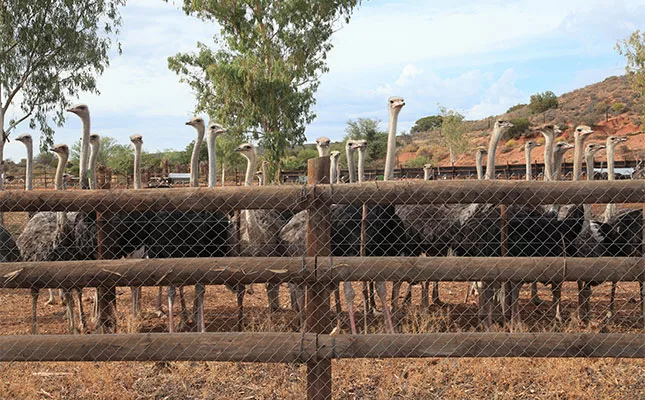
“You could say that tighter biosecurity is one of the positive spinoffs of avian influenza,” says Olivier.
“I used to have regular clinical veterinary involvement in the diagnosis and treatment of upper airway infections, which has declined substantially thanks to increased biosecurity measures.
“The disinfection of water, keeping an all-in-all-out system [that keeps the same birds together across all life stages] as far as possible, and buying stock with a tested, clean disease status have all demonstrated the advantages of biosecurity,” he explains.
Today, to export meat, the ostrich industry closely monitors any movement to other farms or processing plants, ensuring only healthy, virus-free birds are sourced.
The commercial chicken industry
HPAI was first confirmed in the commercial chicken industry in 2017, when the H5N8 strain was detected on farms in Mpumalanga and Gauteng.
That outbreak led to the culling of 5,4 million broiler and layer chickens, caused regional egg and poultry shortages, and resulted in losses of about R1,66 billion, according to Prof Celia Abolnik, chair in Poultry Health and Production at the University of Pretoria.
A second major outbreak followed in 2021, when H5N1 forced the culling of another 3,7 million layers. This was followed by an H7N6 outbreak in 2023, which wiped out roughly 25% of the national layer flock and caused damages estimated at R3 billion.
In 2025, two H5N1 cases were reported: one at a large breeder operation in North West and another at a smaller broiler breeder farm in Mpumalanga. A separate HPAI case was also confirmed in ducks on a smallholding in the Western Cape.
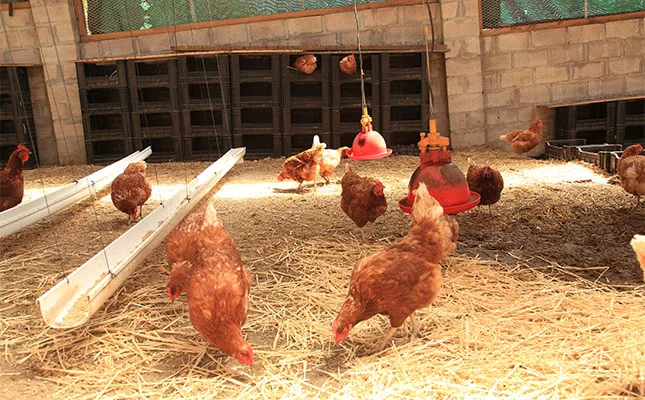
Each outbreak has taken a heavy ecological toll, with the virus detected in populations of wild and seabirds and linked to mortalities among great white pelicans, Hartlaub’s gulls, swift terns, Cape cormorants, and even African penguins.
Abolnik says active surveillance of wild birds began a couple of years ago in South Africa to track avian influenza and provide veterinarians and producers with insight into circulating strains.
“Monitoring wild birds is extremely important, as we’ve found that more than 80% of avian influenza infections in poultry are caused by wild birds,” she adds.
“The number of dead wild birds reported in South Africa is not as high as in Europe. I suspect this is because European birds gather in larger flocks, making mass deaths more visible.”
Looking ahead
After years of devastating losses, South Africa is preparing to take a new step in its battle against avian influenza: vaccination.
Poultry giant Astral Foods has already received approval to vaccinate its breeder flocks against HPAI, while industry leaders are in talks with the Department of Agriculture to ease monitoring and control measures, allowing more producers to follow suit.
Olivier says more countries are embracing vaccination as they realise the disease cannot be eradicated through the costly culling of millions of birds and biosecurity measures alone.
“Where countries opposed vaccination in the past, trade disruptions and mass losses are forcing everyone to rethink its use,” he explains.
However, he cautions that vaccination is not a silver bullet: strict biosecurity and hygiene practices will still be necessary, as vaccinated birds can still become infected.
Vaccines, nevertheless, should reduce the severity of symptoms, result in fewer mortalities, and lead to lower virus shedding, which would in turn reduce the risk of onward transmissions to other birds and the potential spillover to humans.
While human infections remain rare, the rising number of mammalian cases has raised concerns that the virus could eventually adapt to spread more easily among people.
For more information email Dr Adriaan Olivier at [email protected], or Prof Celia Abolnik at [email protected].

